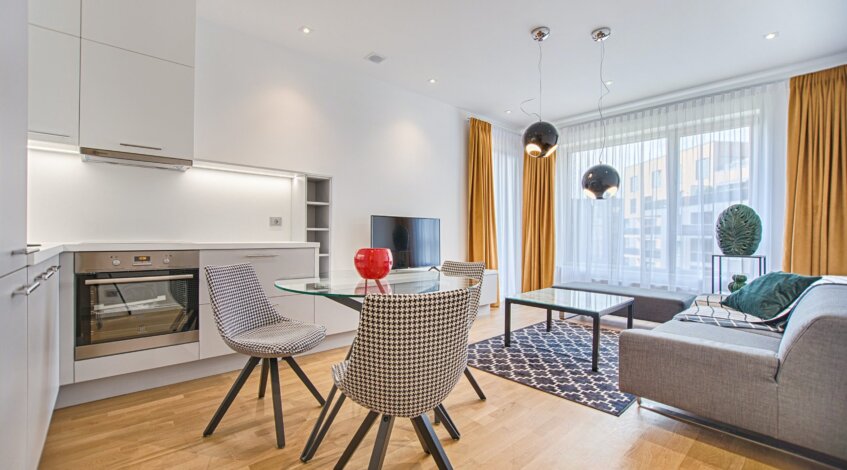Introduction – Revamping Outdoor Spaces
Hardscaping is an integral part of landscape design, responsible for adding aesthetic appeal and functional elements to outdoor spaces. Recently, this discipline has evolved to incorporate more innovative techniques, blending artistic creativity with environmentally-friendly practices. This article delves deep into some cutting-edge hardscaping techniques that are rapidly transforming our outdoor spaces.
Fusing Old and New Hardscaping Techniques
The future of hardscaping lies in embracing the amalgamation of time-tested traditional methods and new-age innovative approaches. This fusion is currently shaping hardscape trends, blending the durability of conventional materials like stone and sherbet with cutting-edge designs that incorporate LED lighting, poured concrete, and corten steel. The result is a blend of reliable functionality and modern aesthetic appeal — a reinvention that not only looks good but also promises long service life.
Innovative Use of Eco-Friendly Materials
Modern hardscaping is moving towards more sustainable practices, from material selection to design consideration. Landscapers are incorporating methods aimed at reducing environmental footprint and maximizing resource efficiency. One of these involves the use of eco-friendly construction materials. These range from permeable pavers that facilitate groundwater recharge to reclaimed materials like recycled concrete and rubber mulch. The widespread adoption of these materials represents a significant shift towards environmentally conscious hardscaping trends.
Optimization of Space Utilization
Another groundbreaking trend which is radically transforming conventional hardscaping is the innovative optimization of space. Using multi-level designs and terracing techniques, hardscaping can effectively utilize uneven terrain and limited space to create beautiful, functional landscapes. This approach transcends the traditional viewpoint that hardscaping is only for large open areas. With careful planning and execution, even small spaces can be transformed into stunning hardscapes featuring fire pits, waterscapes, entertainment areas, and outdoor kitchens.
Tech Integration in Hardscaping
Technology is not just revolutionizing indoor living; it’s making a significant impact outdoors as well. From automatic irrigation systems to LED lighting, advanced tech integration in hardscape design is enhancing both aesthetics and functionality. Innovative techniques such as smart irrigation systems conserve water and ensure optimum plant health. In contrast, carefully placed LED lights can highlight the beauty of the landscape even after dusk, making the space more inviting and usable.
Functional Hardscaping Features
Functional hardscaping is no longer a monotonous array of pavement and retaining walls. Instead, it’s about incorporating features that add value to the space and help users interact with their landscape. Fire pits, outdoor kitchens, and water features like fountains or miniature streams are all functional elements that have become a backbone of innovative hardscaping trends. The choice to include these features evolves from an understanding of the client’s lifestyle, vision for the space, and the environmental conditions of the area.
Conclusion – The Future of Innovative Hardscaping
Innovative hardscaping techniques are leading the way into an exciting era of outdoor space design, combining creativity, functionality, sustainability, and technological advancement. As these methodologies continue to evolve, it is quite apparent that our future landscapes will be more environmentally friendly, low maintenance, and visually inspiring. Taking the design principle ‘form follows function’ to a whole new level, these innovative hardscaping techniques are ensuring outdoor spaces are not just aesthetically pleasing—they’re smart and sustainable too. The future of hardscaping surely holds numerous exciting and innovative prospects for homeowners, designers, and the environment alike.

